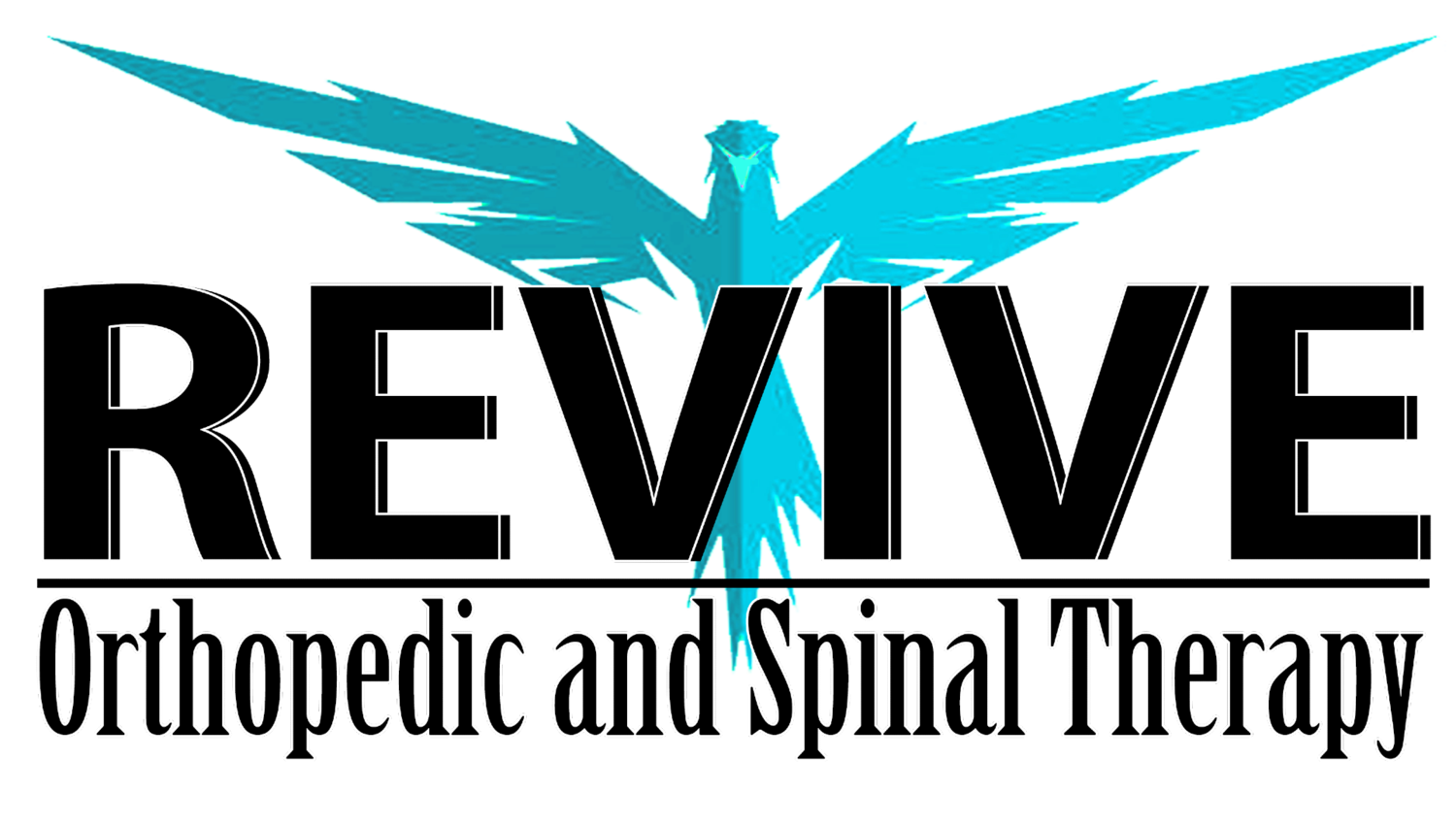Relieve Headaches for Good: The Benefits of Physical Therapy for TMJ Sufferers
As a physical therapist, I have seen many patients suffering from TMJ and its debilitating symptoms. Temporomandibular joint disorder (TMJ) is a condition that affects the jaw joint and the muscles that control its movement. It can cause pain, discomfort, and a variety of other symptoms, including headaches. However, there is hope for those suffering from TMJ. Physical therapy can be an effective treatment option that not only relieves symptoms but also addresses the underlying causes of the disorder. In this article, I will discuss the benefits of physical therapy for TMJ sufferers.
Understanding TMJ and its Symptoms
TMJ is a common condition that affects millions of people worldwide. It occurs when the jaw joint becomes inflamed or damaged, causing pain and discomfort. Some of the common symptoms of TMJ include:
Pain or tenderness in the jaw joint
Clicking or popping sounds when opening or closing the mouth
Difficulty chewing or biting
Earaches or ringing in the ears
Headaches, especially in the temples or behind the eyes
Neck and shoulder pain
If you are experiencing any of these symptoms, it is essential to consult a medical professional to determine if you have TMJ.
The Connection between TMJ and Headaches
One of the most common symptoms of TMJ is headaches. The pain from the jaw joint can radiate to other areas of the head, causing headaches. The headaches caused by TMJ are often mistaken for migraines, tension headaches, or sinus headaches. However, it is essential to understand the underlying cause of the headaches to receive the proper treatment.
How Physical Therapy Can Help Relieve TMJ Symptoms
Physical therapy is an effective treatment option for TMJ sufferers. A physical therapist can help relieve symptoms and address the underlying causes of the disorder. Physical therapy for TMJ focuses on three main areas:
Strengthening and stretching exercises for the jaw muscles
Posture correction to relieve tension in the neck and shoulders
Relaxation techniques to reduce stress and tension in the jaw muscles
Physical therapy can also help improve jaw mobility and reduce pain and discomfort. A physical therapist will work with you to develop a personalized treatment plan based on your specific needs and symptoms.
The Benefits of Physical Therapy for Cervical Muscles and Jaw Pain
TMJ can cause tension and pain in the neck and shoulder muscles, which can exacerbate the symptoms of the disorder. Physical therapy can help relieve tension in the cervical muscles and reduce jaw pain. By teaching patients proper posture and providing exercises that strengthen the neck and shoulder muscles, physical therapy can improve overall function and reduce pain and discomfort.
What to Expect from a Physical Therapy Session for TMJ
During your first physical therapy session, your therapist will conduct a thorough evaluation to determine the extent of your TMJ and develop a personalized treatment plan. They may also use manual therapy techniques to relieve pain and discomfort. Subsequent sessions will focus on exercises and techniques to improve jaw mobility, reduce pain and tension in the cervical muscles, and reduce stress and tension in the jaw muscles.
Additional Lifestyle Changes to Help Relieve TMJ Symptoms
In addition to physical therapy, there are several lifestyle changes you can make to help relieve TMJ symptoms. These include:
Eating a soft diet to reduce stress on the jaw joint
Avoiding chewing gum or biting your nails, which can exacerbate symptoms
Using heat or cold therapy to reduce pain and discomfort
Practicing relaxation techniques, such as deep breathing or meditation, to reduce stress and tension in the jaw muscles
Common Misconceptions about TMJ and Physical Therapy
There are several common misconceptions about TMJ and physical therapy. One of the most significant misconceptions is that surgery is the only treatment option for severe cases of TMJ. However, physical therapy can be just as effective in treating the disorder without the need for surgery. Another misconception is that physical therapy is painful and uncomfortable. However, physical therapy for TMJ is gentle and non-invasive, and many patients find it to be a relaxing and enjoyable experience.
Finding the Right Physical Therapist for TMJ Treatment
It is essential to find a physical therapist who specializes in TMJ treatment. Look for a therapist who has experience treating the disorder and who is willing to work with you to develop a personalized treatment plan. You may also want to consider a therapist who is familiar with other treatment options, such as massage therapy or acupuncture, to provide a well-rounded approach to TMJ treatment.
Success Stories of TMJ Sufferers Who Have Found Relief through Physical Therapy
Many TMJ sufferers have found relief through physical therapy. One patient, Sarah, had been suffering from TMJ for years and had tried several treatments with little success. After starting physical therapy, she noticed a significant improvement in her symptoms. Her jaw pain and headaches had decreased, and she felt more relaxed and comfortable in her daily life.
Conclusion: Taking Control of Your TMJ Symptoms with Physical Therapy
TMJ can be a challenging condition to live with, but physical therapy can provide relief from symptoms and help address the underlying causes of the disorder. By working with a physical therapist and making lifestyle changes, TMJ sufferers can take control of their symptoms and improve their quality of life. If you are experiencing TMJ symptoms, consult a medical professional and consider physical therapy as a treatment option.
Are you tired of living with TMJ pain and discomfort? Contact us today to learn how physical therapy can help you find relief and improve your quality of life.

